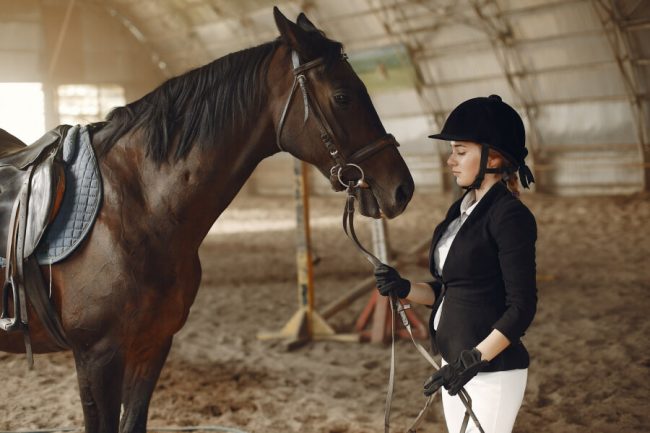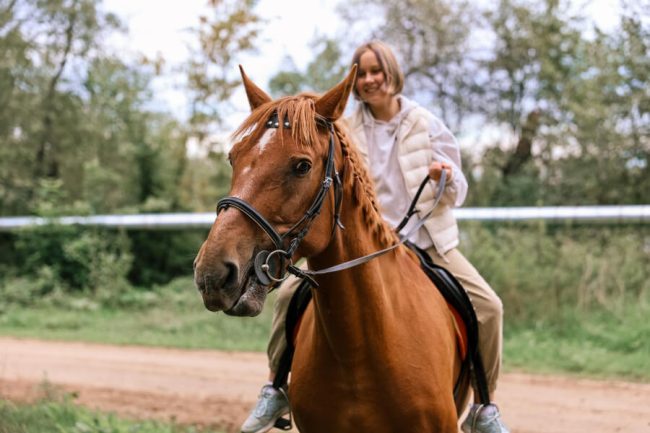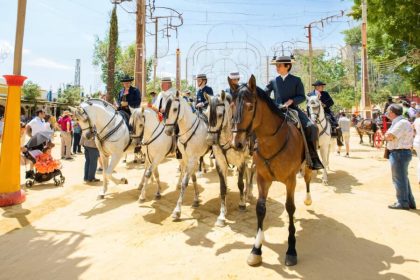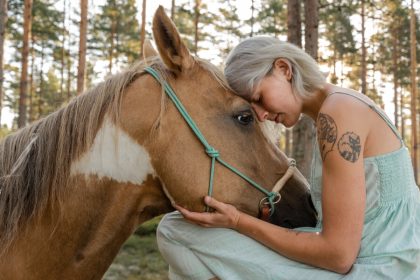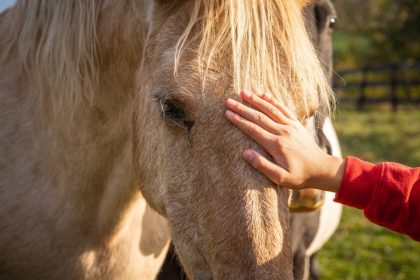The horse Environment plays an important role in its overall health, especially its mental well-being. Horses are highly sensitive creatures, and their environment significantly impacts their behavior, happiness, and overall mood.
To help your horse thrive, it’s essential to understand how to create a space that caters to its needs both physically and emotionally.
The Role of Space in The Horse Environment
One of the most fundamental aspects of the horse environment is the space available for them to move.
Horses are large, active animals, and they require wide room to roam freely. A lack of space in the horse environment can lead to stress, boredom, depression, and behavioral issues.
How Much Space Does a Horse Need?
A horse needs at least 2-3 acres of pasture to ensure they have enough room to graze, move, and interact with other horses.
Smaller spaces or cramped conditions can cause horses to become frustrated and anxious, negatively affecting their mental health.
The horse environment should provide the freedom to engage in natural behaviors like running, grazing, and interacting socially.
Space and Social Interaction
Social interaction is important for the horse environment. Horses are herd animals, and they thrive in the company of other horses. Ideally, the horse environment should allow them to interact with other horses during turnout.
If your horse is alone, make sure their environment includes visual contact with other animals to maintain mental stability.
Creating a Safe and Stimulating Outdoor Environment
The outdoor environment plays a huge role in maintaining a horse’s physical and mental health. Horses spend a lot of time in their pastures, so creating a safe and stimulating outdoor space is crucial.
Pasture Size and Land Conditions
When designing your horse’s outdoor environment, consider the land’s quality as much as its size.
Ensure the pasture is well-maintained with nutritious grass, as this contributes to both physical and mental health.
Overgrazed land can lead to poor-quality grazing, while large, healthy pastures offer ample room for exploration and exercise.
Fencing and Shelter
The safety of the horse environment depends on proper fencing and shelter. Fencing should be tall and secure, usually around 4.5-5 feet to prevent escape and keep your horse safe.
The shelter is also essential to protect your horse from harsh weather conditions, like rain or intense heat, keeping them comfortable and mentally balanced.
Horse’s Environment: Indoor Spaces and Comfort
While outdoor space is vital, indoor environments must also cater to your horse’s needs. When a horse has to be kept in a stall, its environment should allow for comfort, proper ventilation, and space.
Stall Size and Layout
The size of the stall plays a direct role in a horse’s mental health. A standard 10×10 foot stall is usually enough for an average-sized horse, but larger horses may need more space.
The stall layout should make it easy for your horse to access food, water, and bedding, promoting comfort in their environment.
Ventilation and Lighting
A well-ventilated stall is essential for maintaining a healthy horse’s environment. Poor ventilation can lead to respiratory problems, which can affect your horse’s mood and health.
Natural light is also important to regulate your horse’s internal clock and keep them in a balanced, calm state.
Enriching The Horse Environment
Mental stimulation is a key component of a healthy horse environment. Horses, like humans, need mental challenges to stay happy and engaged.
A lack of stimulation can lead to boredom, which may result in behavioral issues like cribbing or pacing.
Mental Stimulation
Provide enrichment in the horse environment to help keep them engaged. This can include interactive toys, new activities like training sessions, or puzzle feeders that encourage problem-solving.
A stimulating environment helps reduce anxiety and stress, ensuring your horse’s mental well-being.
Socialization and Activities
Horses need to interact with their peers to stay mentally healthy. Group turnout provides opportunities for horses to communicate, play, and establish social bonds, which are important for their emotional health.
If your horse must be kept alone, ensure that they have regular visual contact with other horses to prevent loneliness.
The Impact of Weather on The Horse Environment
As much as space and shelter are vital, the weather also impacts the horse’s environment. Horses need to be protected from extreme temperatures, whether it’s scorching heat or freezing cold.
Protection from the Elements
In the summer, ensure the horse environment offers shade and access to fresh water. In the winter, provide adequate shelter from wind, rain, and snow.
A comfortable environment, protected from the harsh elements, ensures your horse remains calm and stress-free.
Managing The Horse Environment for Overall Well-Being
Regular management practices are essential for keeping the horse environment in top shape. Consistency is key to maintaining a healthy space for your horse.
Routine and Structure
Horses thrive on routine. Consistent feeding times, regular exercise, and predictable turnout schedules help to create a stable environment that reduces anxiety.
A regular routine is one of the most important ways to promote your horse’s mental health.
Veterinary Care and Environmental Monitoring
Regular health checks are another essential component of managing the horse environment.
Keep the horse environment free from potential hazards, such as sharp objects or toxic plants, and ensure that they’re up-to-date with vaccinations and deworming.
Conclusion
The horse environment is far more than just a place to live. It’s an essential part of their overall health and happiness.
By providing a safe, spacious, and stimulating environment, you help ensure that your horse remains mentally healthy and balanced.
Remember that the horse’s environment directly affects its physical health, behavior, and emotional stability.
When designing a space for your horse, always consider their needs for space, social interaction, and mental stimulation.
By prioritizing the horse environment, you’re giving them the best chance to thrive in a safe and happy space.
FAQs
How can I improve the horse environment?
Improving the horse environment involves providing enough space to roam, good quality grass, proper shelter, safe fencing, and mental enrichment through social interaction and activities.
What kind of space does a horse need?
A horse needs at least 2-3 acres of pasture per animal for optimal health. The space should allow freedom to move, graze, and interact with other horses.
What are the signs that the horse environment isn’t healthy?
Signs that a horse’s environment isn’t healthy include boredom, stress-related behaviors (like cribbing or pacing), and poor physical health, such as weight loss or respiratory issues.
Can a horse be kept in a stall all day?
While it’s okay for a horse to spend some time in a stall, a healthy horse environment should allow for plenty of time outdoors to engage in natural behaviors like grazing and interacting with other horses.


